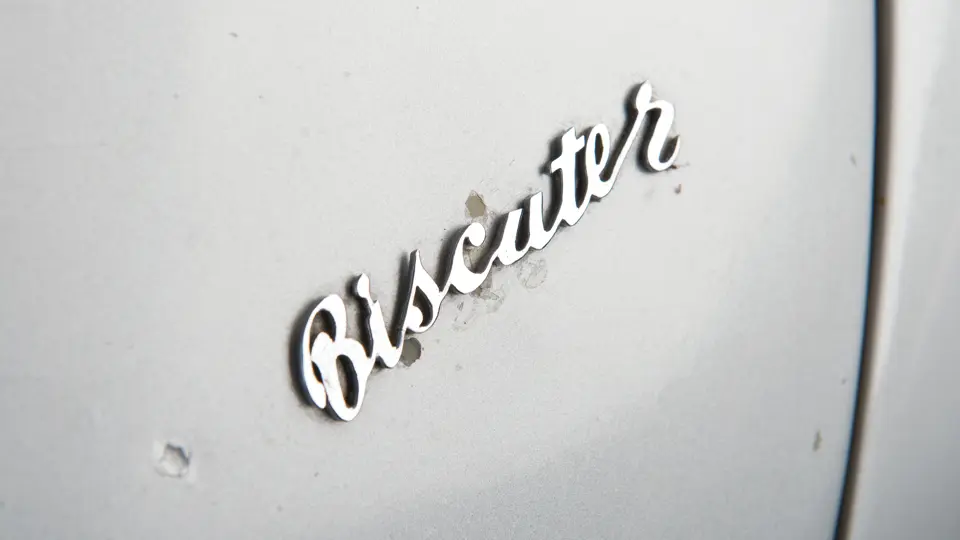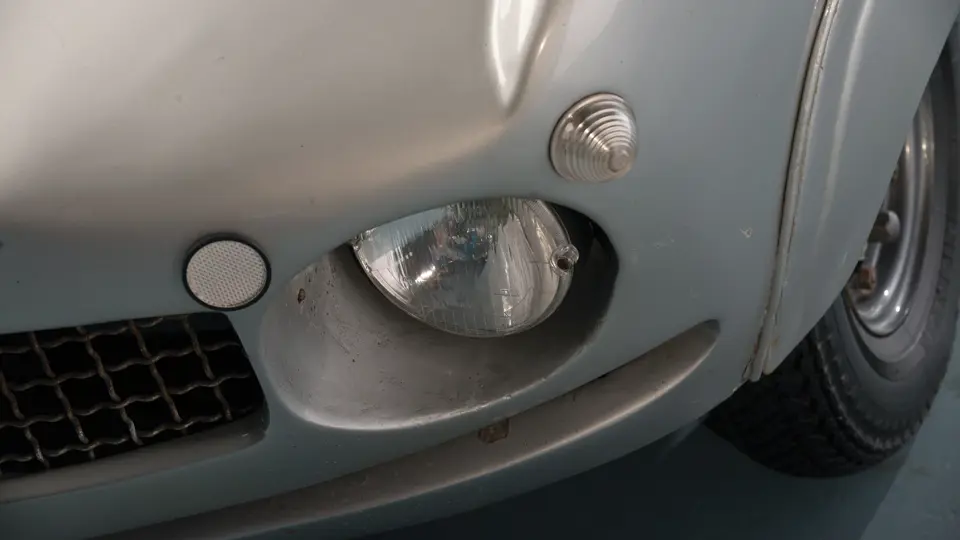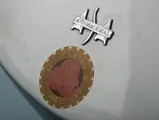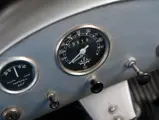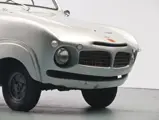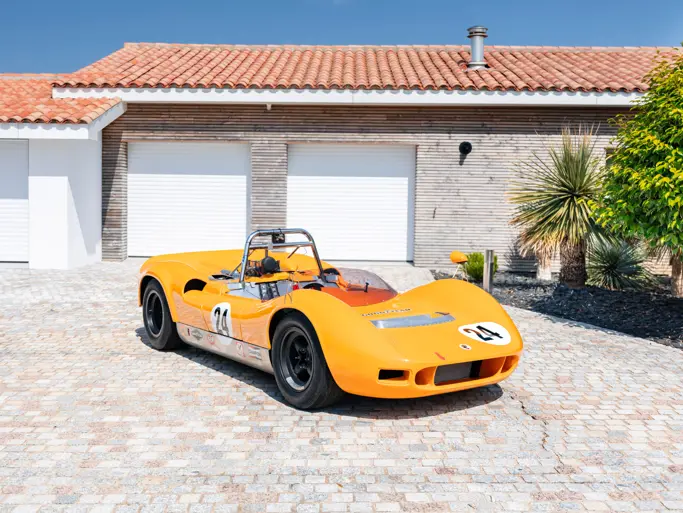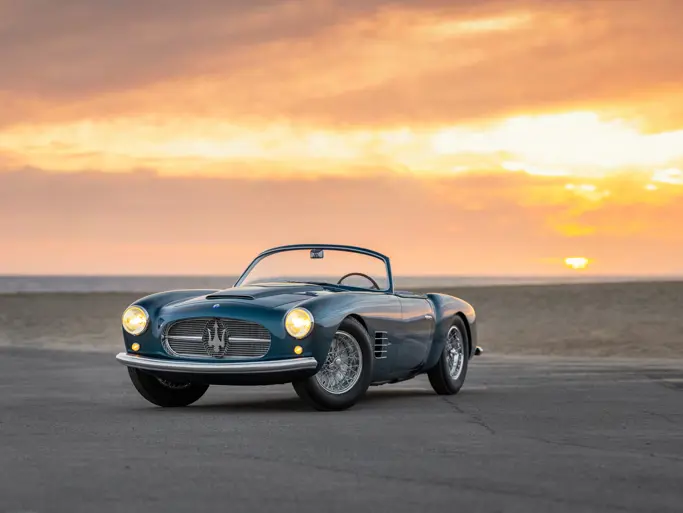A late, sophisticated Spanish microcar with Pegaso-like styling.
SPECIFICATIONS
Manufacturer: Autonacional S.A.
Origin: Barcelona, Spain
Production: 20,000 (all types)
Motor: Hispano-Viliers 1-cyl, 2-stroke
Displacement: 197 cc
Power: 9 hp
Length: 9 ft. 5 in.
Identification No. 16397
The booming popularity of the Volkswagen Beetle and Fiat 500 in Europe sounded the death knell for many microcars. As the sales and production numbers of its Gabriel Voisin-designed Biscuter plunged, Spanish producer Autonacional S.A. sought to save itself by introducing a more attractive, sporty model.
The result was the 200-F Pegasin, with styling inspired by the Pegaso, the Spanish luxury sports car that was then taking the world by storm. It featured a two-color plastic body with both a soft top and a removable hardtop, wrapping around standard Biscuter mechanicals, including the typical nine horsepower Hispano-Villiers engine. With its inset headlights, split grille, curvaceous body, and tiny tailfins, it was the rakish image of a Touring-bodied Pegaso in miniature, with the exception of speed. Capable of only 75 km/h, the 200-F suffered from the same problem as the original Corvette: too sporty for those seeking economy, too economical for those seeking sporty.
The Pegasin failed to save the Biscuter, which disappeared from production lines in the beginning of 1960 as Spanish Fiats made their arrival on the scene. Bruce Weiner’s largely original example, decked out with appropriate lettering and even space to apply one’s racing numbers, is one of the few survivors of this memorable “micro sports car.” It is one of only two examples stateside, and it stands as an historic car that marks the end of Spanish microcar production and the beginning of the end for the European microcar industry as a whole. If the microcar had to die, however, it might as well have gone out putting its best face forward and pretending to be a “Spanish Ferrari.”
This would be an interesting bookend to a microcar collection, or for the sports car enthusiast with a sense of humor, an ideal companion to the Pegaso in one’s carriage house.

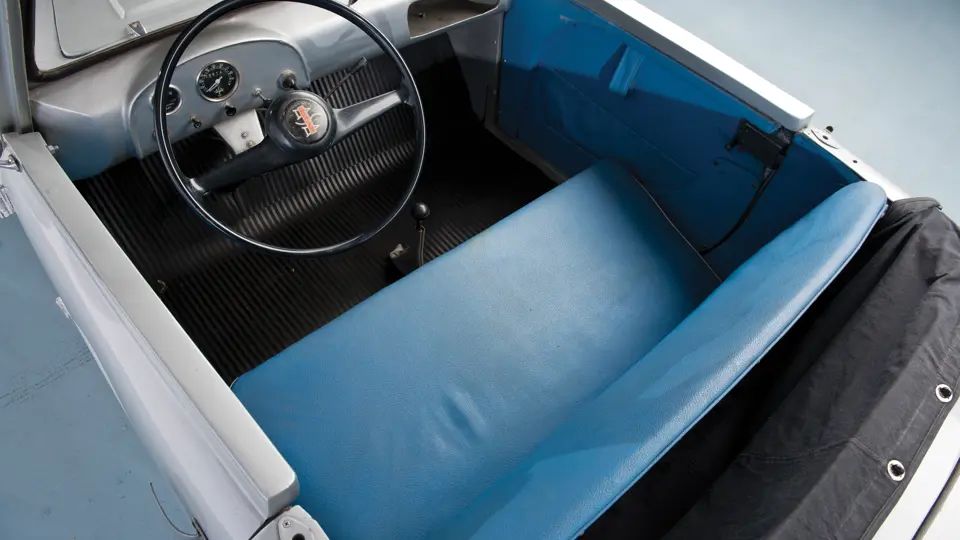


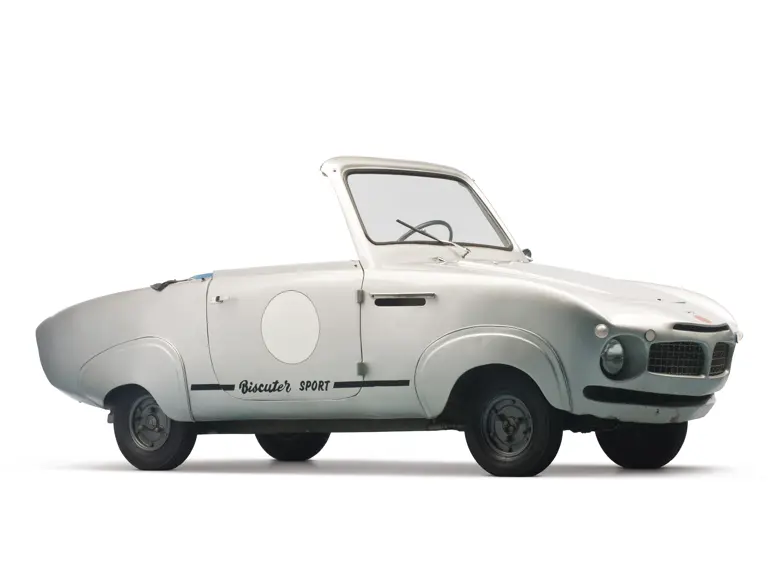
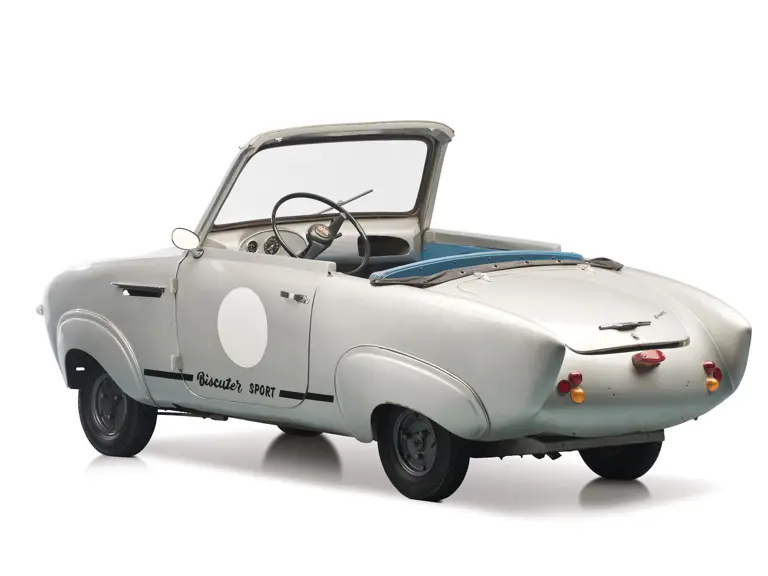
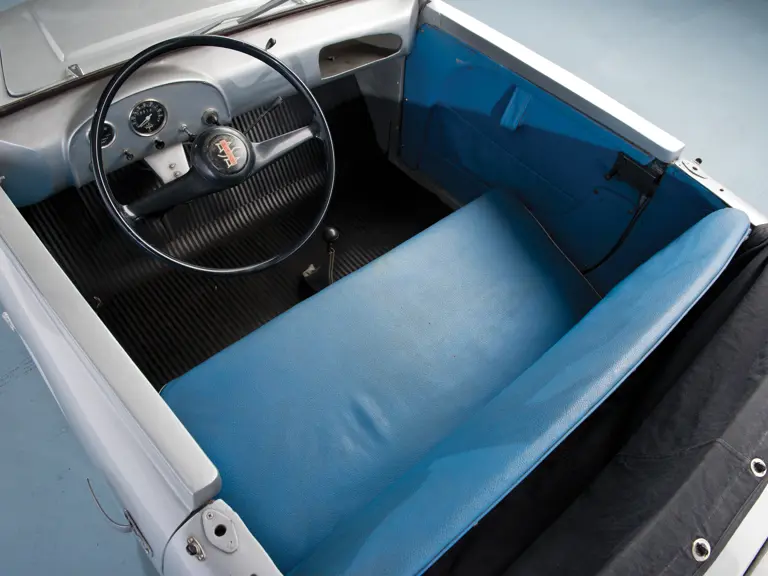
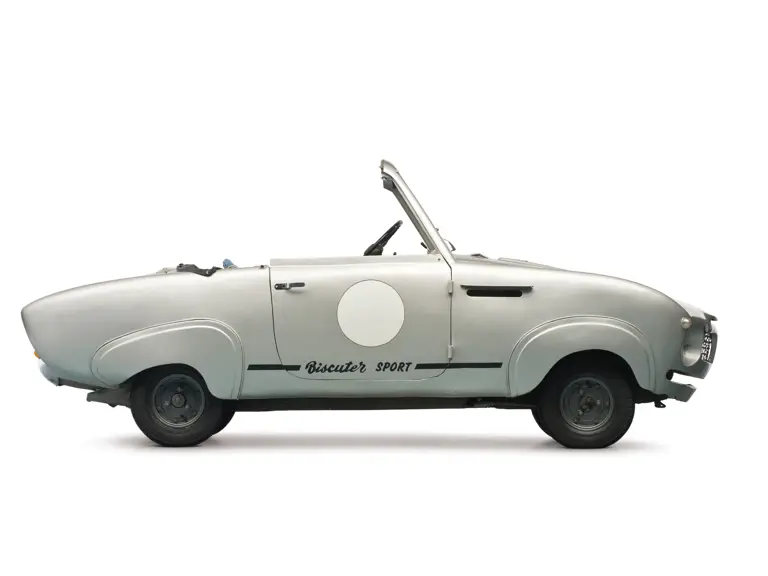

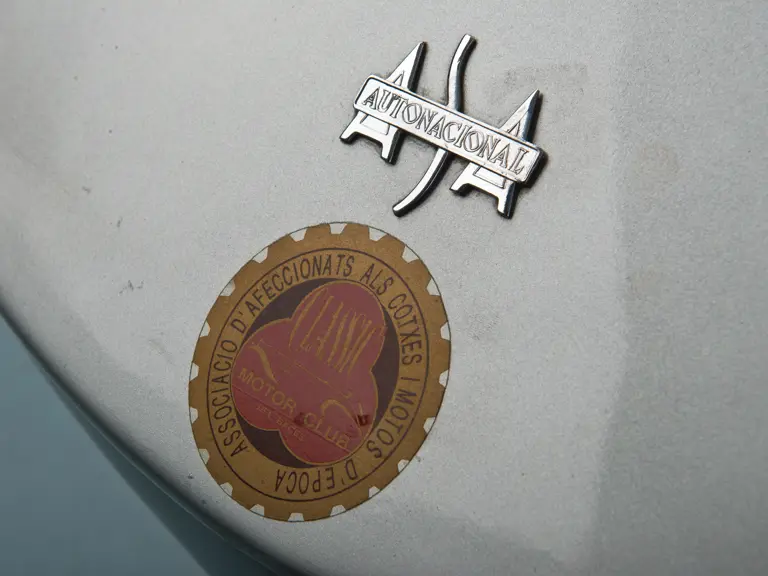
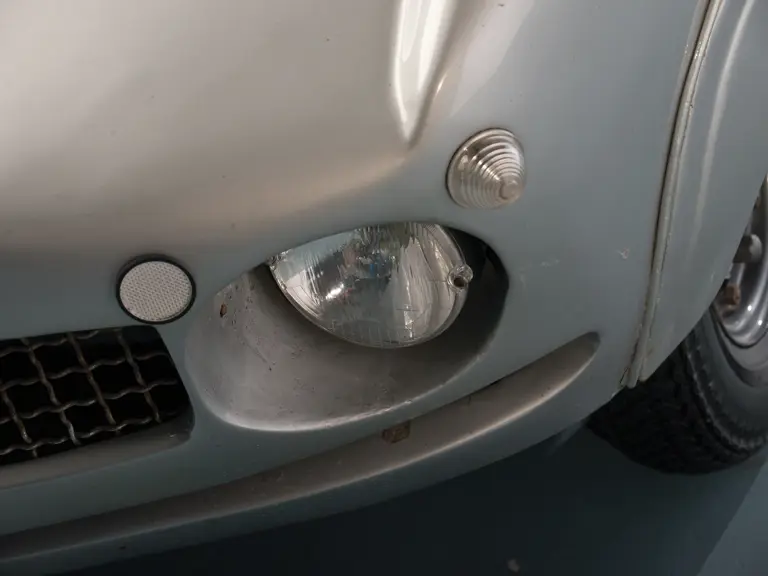

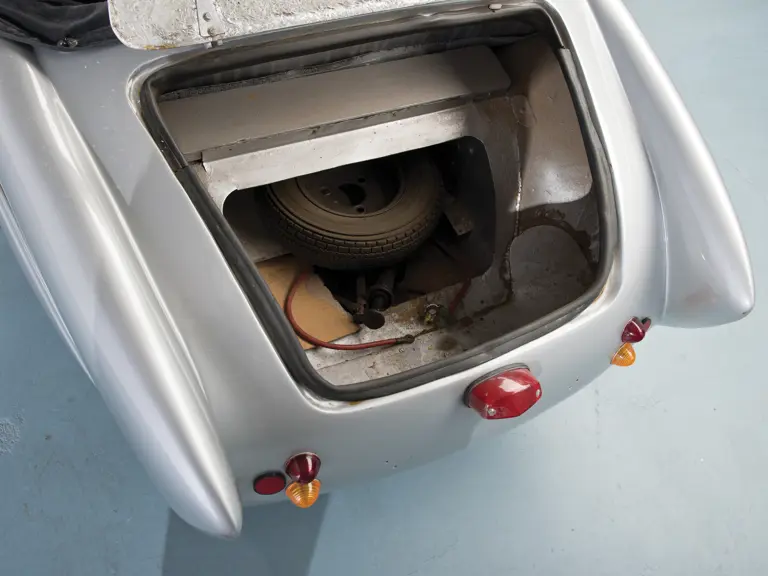
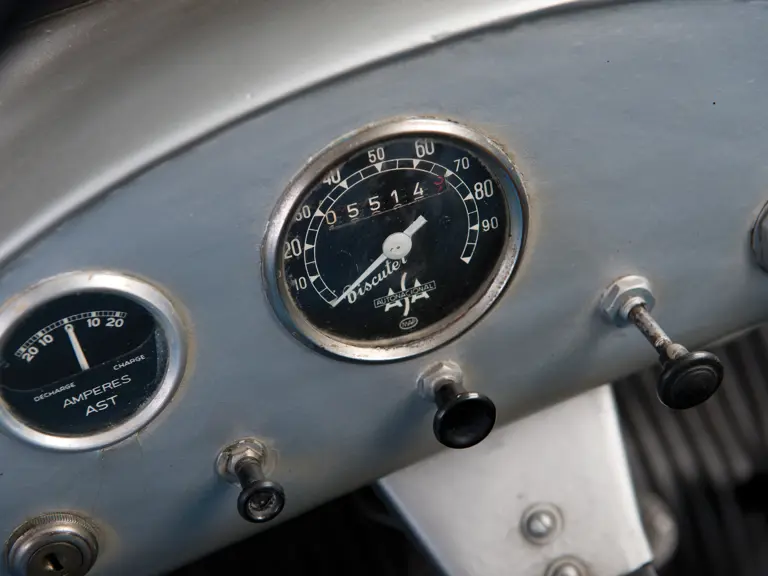

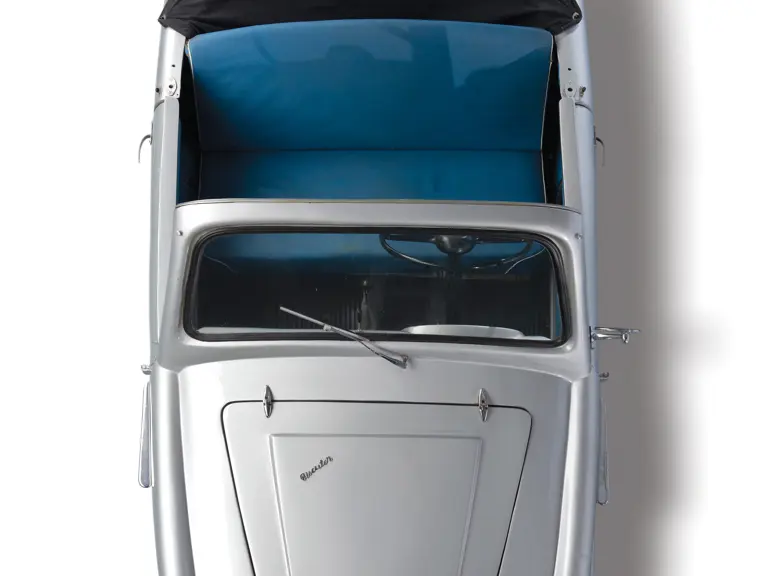
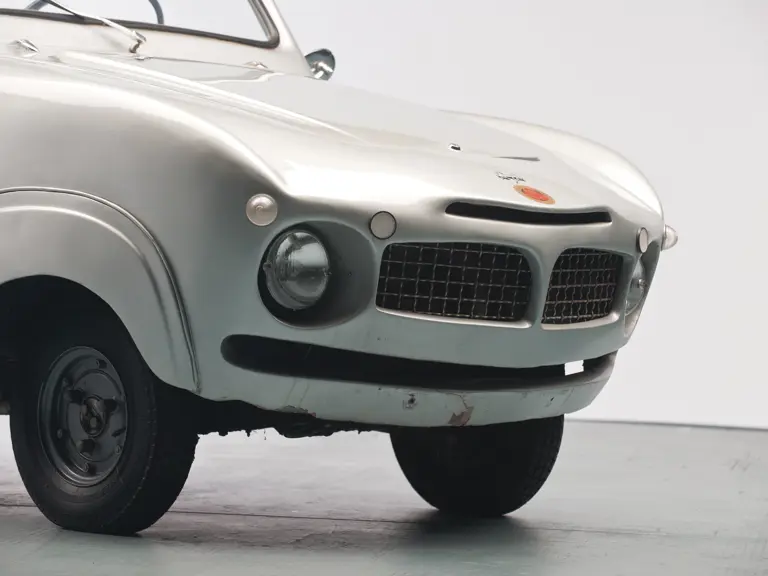

 | Madison, Georgia
| Madison, Georgia
